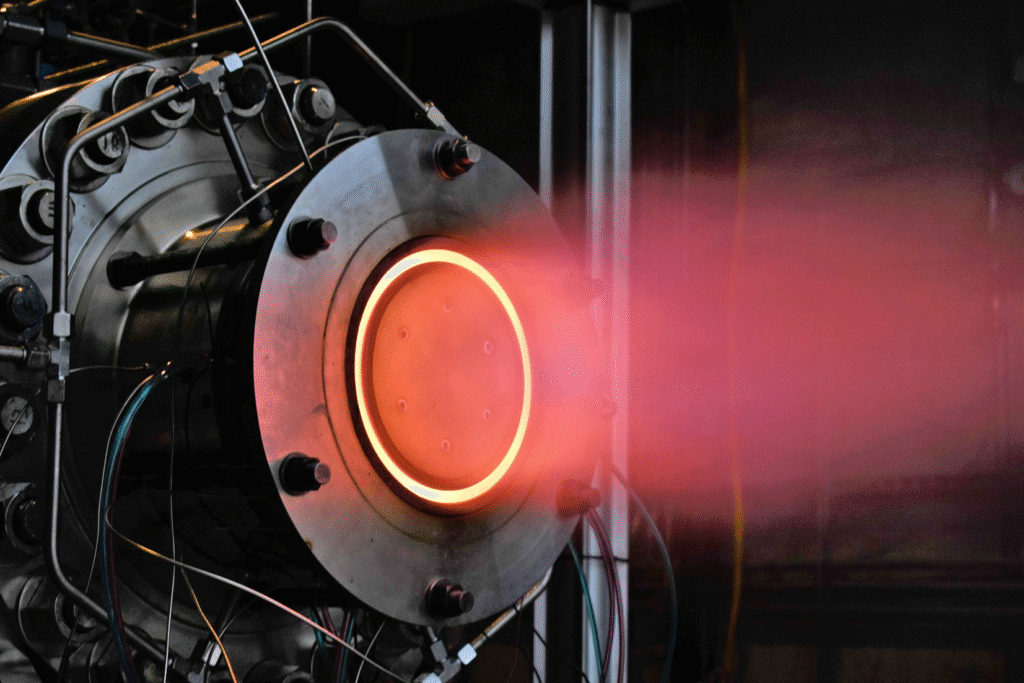Introduction

As global interest in hypersonic technology intensifies, Ethiopia is taking early steps to explore its potential role in this rapidly evolving field. Hypersonic propulsion—enabling aircraft or missiles to travel at speeds exceeding Mach 5—has long been the domain of superpowers. However, with growing investment in science and technology, Ethiopia is positioning itself to contribute to this frontier in meaningful ways. Though still in its formative stage, the country’s emerging tech ecosystem is showing signs of supporting research into advanced aerospace systems, including hypersonic propulsion. This article explores how Ethiopia is building capacity, the motivations behind its interest in hypersonic research, and the broader implications for East Africa.
Laying the Groundwork: Ethiopia’s Emerging Tech Sector

Ethiopia’s emphasis on science and innovation has been growing steadily over the past decade. The government has invested in research institutions and engineering education, aiming to transform the country from an agrarian economy to a knowledge-based one. The Ministry of Innovation and Technology (MinT) and institutions like the Ethiopian Space Science and Technology Institute (ESSTI) have been critical in building the foundation for aerospace research.
Though hypersonic technology is still beyond the current production capabilities of the country, interest is growing within academic and defense-related circles. University departments, particularly at Addis Ababa University and Mekelle Institute of Technology, are beginning to explore aerodynamics, propulsion systems, and computational fluid dynamics—fields essential for future hypersonic experimentation.
Strategic Interests: Why Hypersonic Matters for Ethiopia
Ethiopia’s interest in hypersonic research is driven by both scientific ambition and strategic considerations. At a scientific level, involvement in cutting-edge propulsion systems aligns with the country’s broader goals of technological self-reliance and industrial modernization. Advancing in this field could foster expertise in materials science, thermal management, and fluid mechanics, with spillover benefits for other sectors like energy and manufacturing.
From a strategic standpoint, participation in hypersonic research may support national security and regional influence. Although Ethiopia is not developing hypersonic weapons, awareness and understanding of such technologies are becoming increasingly important in defense planning. Building local knowledge can help the country better respond to emerging security dynamics on the continent.
Collaborations and Knowledge Transfer
Ethiopia’s progress in hypersonic propulsion research will likely depend on international collaboration. The country has engaged in various partnerships for aerospace knowledge transfer, including with countries like China and Russia, which have advanced hypersonic programs. These collaborations primarily focus on satellite technology and basic aerospace science, but they could evolve to include more specialized areas like propulsion systems.
Additionally, Ethiopia is participating in African and global scientific networks that promote open-source research and cross-border academic cooperation. These forums create opportunities for Ethiopian researchers to access simulation tools, technical expertise, and academic mentorships in areas related to high-speed aerodynamics and thermal systems.
Infrastructure and Talent Development Challenges
Despite its ambitions, Ethiopia faces significant hurdles in developing hypersonic research capabilities. A lack of specialized infrastructure—such as wind tunnels capable of simulating hypersonic speeds—remains a barrier. Research funding is also limited, often prioritized for basic technological needs rather than high-risk, long-term projects.
Nonetheless, the country is investing in graduate-level aerospace programs and encouraging students to pursue doctoral research in engineering fields. These human capital investments could pave the way for future breakthroughs, especially if linked to diaspora networks and research grants from international institutions.
Conclusion
Ethiopia may be at the early stages of hypersonic propulsion research, but the direction is clear: the country sees value in participating in the global aerospace conversation. By building academic capacity, fostering international collaboration, and prioritizing STEM education, Ethiopia is laying the groundwork for long-term involvement in advanced propulsion systems. While challenges such as infrastructure and funding remain, the commitment to innovation suggests that Ethiopia’s role in this high-tech field could expand significantly in the years ahead. For East Africa, such progress adds a vital dimension to the region’s scientific and technological landscape—one where emerging economies don’t just adopt foreign technologies but contribute meaningfully to their evolution.


